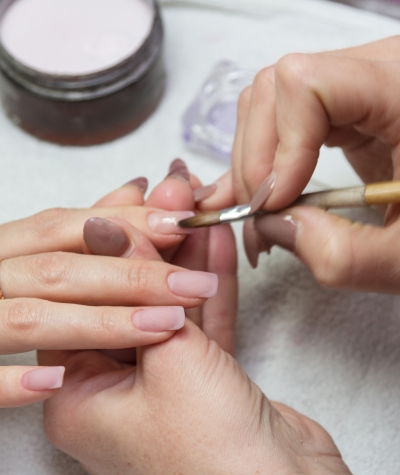Nail polish and nail products are some of the most commonly used cosmetic products in the UK. This huge market both in the UK and globally has led to the rise of innovative ways to create beautiful nail art using these everyday products.
Over thousands of years nail art has evolved from simple colours and ingredients to highly developed products created by whole teams of cosmetic scientists.
How is nail polish made?
In its simplest form, nail polish is made using a combination of polymers (long chain structures made up of repeating units called monomers), solvents and pigments. The polymers form a film over the nail, holding the pigments in place to give a durable, shiny, colourful finish. .
Solvents are used so that when applying nail polish, as a solvent will evaporate in the air, leaving only the polymer and the pigment.
Chip resistance can be achieved by incorporating small amounts of special ingredients to enhance the flexibility of the polymers and make them less brittle. Including a proportion of 'sticky' polymers helps achieve durability and long-lasting wear by helping the polish stick firmly to the nail surface.
Clever innovations in ingredients and formulation technology can give a variety of novel textured finishes.
Scare stories in the media
Scare stories about nail polish ingredients can sometimes be seen in the media or online. The ingredients which commonly feature in the lists are banned in cosmetics in the UK.
It's good to remember that all cosmetic and personal care products, and their ingredients, have to be safe to use, whether by professionals or by people in their own homes. If an ingredient was found to be unsafe as it is used in a cosmetic product, it would be banned. For further information about the safety of cosmetic products, which includes nail polish, see this page.


